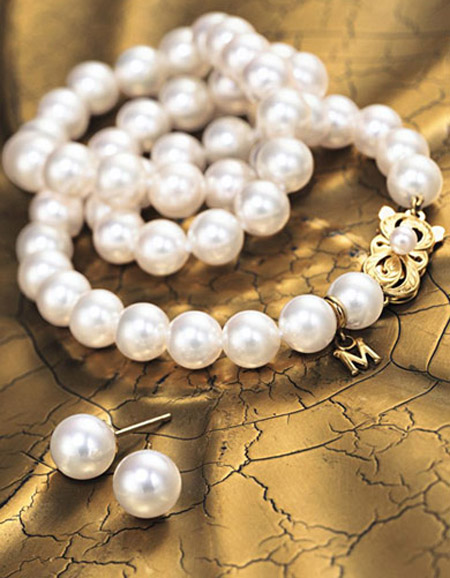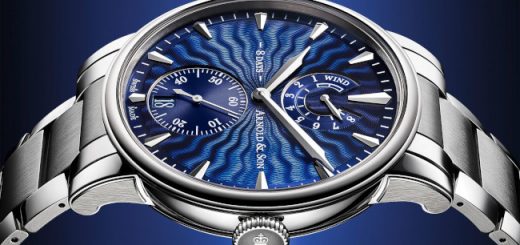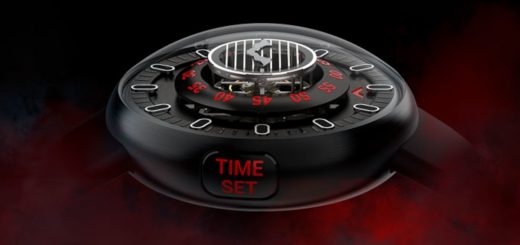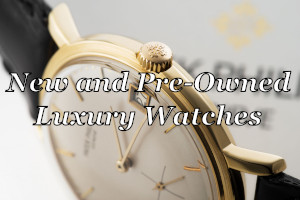The Sophisticated Cultured Pearl


A diver glides through the water. He cuts an oyster off the base of a rock cropping. On the surface, he opens the shell and inside is a beautiful oyster. Although a great vision, this is not how most pearls come to be.
Pearls are an elegant jewelry, which is somewhat strange considering how they are made. They are the result, essentially, of a reaction to an infection. Foreign material enters an oyster and it surrounds that material in a ball of nacre to protect itself.
The nacre is the important part of the pearl. The thicker it is, the better when it comes to jewelry. Getting it started and the correct thickness is a very hit and miss affair in nature. Pearl cultivators leave nothing to chance.
A farmed pearl is known as a cultured pearl. No, it is not a snob or any such thing. Instead, it is a pearl that was created by shooting microscopic foreign materials into mollusks and oysters, which are then given optimal growing environments.
The phrase cultured pearl refers to a pearl that is farmed. It is not an entirely accurate terminology, however. Why? Well, there are really four different types of cultured pearls.
Big pearls are often the ones that get the most attention, so we need to talk about South Sea cultured pearls. They can be as large as 13 millimeters in size, which is huge. They are usually close to perfectly round and are priced based on their luster.
Tahitian cultured pearls run a close second when it comes to size. They tend to be in the 10 to 12 millimeter range. They tend to be dark green in color with a high luster. They are fairly rare. This makes their price the highest on average among the cultured pearls.
Some people prefer the classics. With pearls, this means the white Akoya cultured pearls of China and Japan. In the 7 millimeter range, these pearls are beautiful, but common enough that they will not wipe out your bank account.
Last, but not least, we have our freshwater cultured pearls. They are farmed in rivers and lakes in China and tend to be white. They are the smallest of the cultured pearls, coming in at 4 to 7 millimeters. They also tend to be the easiest on the wallet.
Now that you know the choices, you just have to choose the one you want. The right answer is really a matter of taste. Personally, I like to go big. That makes the South Sea cultured pearls the choice for me.
Author: Arsene Gibson





